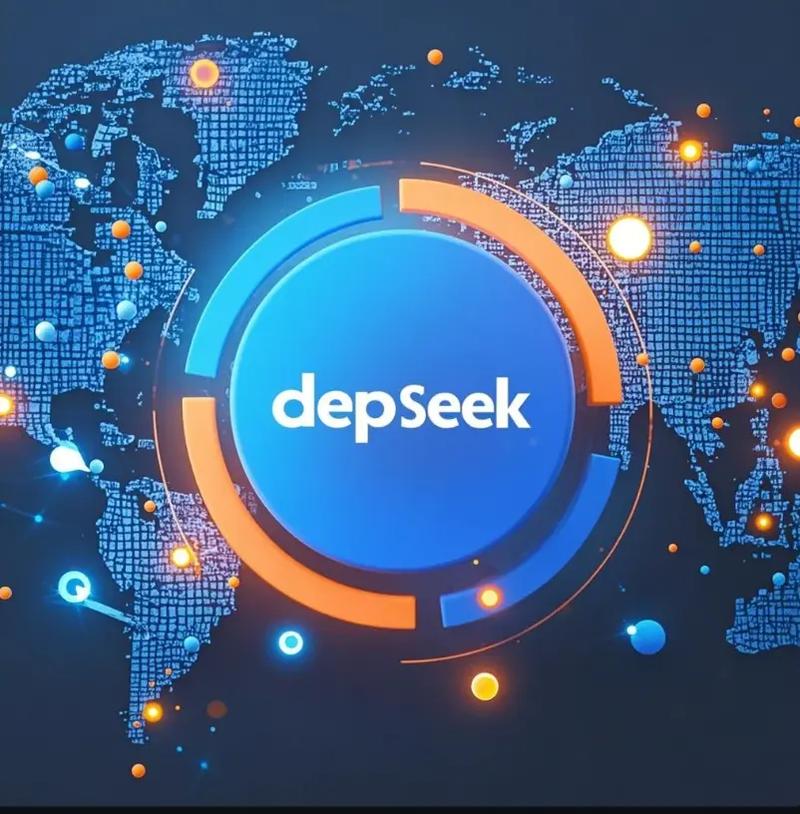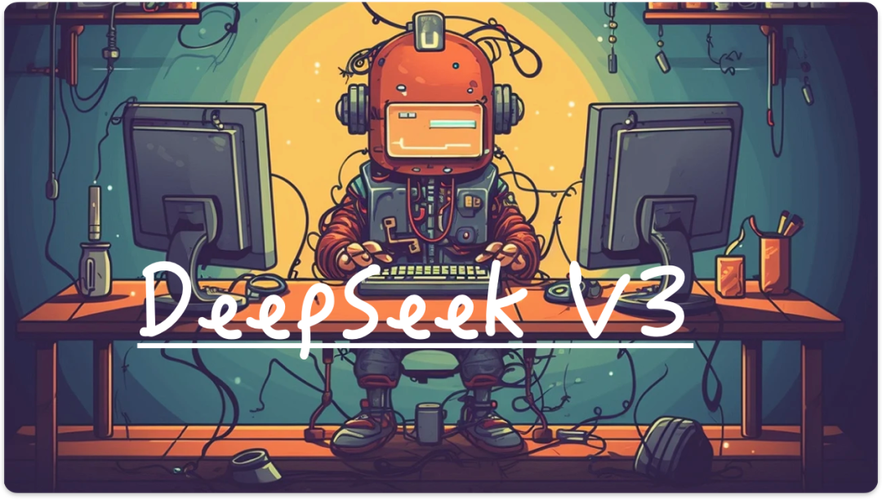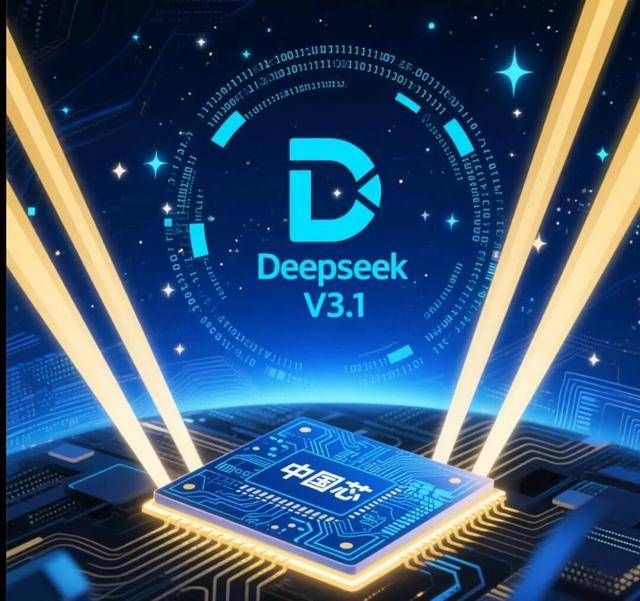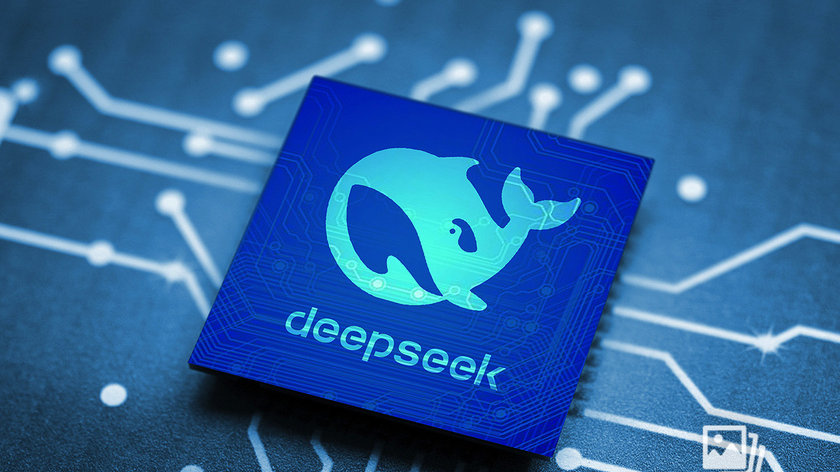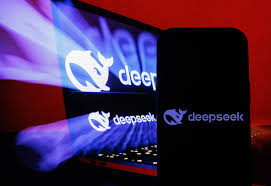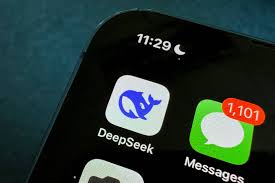DeepSeek vs ChatGPT – The Ultimate AI Coding Showdown of 2025
Introduction
In 2025, the competition between artificial intelligence models has reached new heights, with cutting-edge models like DeepSeek R1 and ChatGPT O3 Mini pushing the boundaries of machine reasoning, generation, and creativity. But beyond benchmarks and theory, what happens when these models face off in a practical, real-world coding challenge?

To answer that question, we pitted DeepSeek R1 against ChatGPT O3 Mini in a dynamic Python challenge: simulate a ball spinning inside a hexagon under gravity—a task that requires geometric reasoning, physics simulation, animation design, and clean code structuring.
This article provides a comprehensive breakdown of the test environment, model performance, code outputs, strengths and weaknesses, and final verdict. It’s the AI coding battle of the year—and we’re diving in deep.
The Challenge: Simulating a Ball in a Hexagon
Task Description
Both AI models were asked to complete the following:
Design a regular hexagon as a boundary.
Simulate a ball that bounces or spins inside this hexagon.
Apply gravity, collision detection, and realistic motion.
Visualize the simulation using Python libraries.
Constraints
Time limit: 5 minutes per model.
Tools: Python (standard and optional libraries like
pygame,matplotlib,numpy)Prompt style: Single-shot, no code correction or clarification allowed.
DeepSeek R1 Performance
Code Output Summary
DeepSeek R1 generated a concise Python script using Pygame to render the simulation. Key features included:
A hexagonal bounding box calculated using trigonometry
Gravity applied as acceleration
Ball physics with velocity and bounce
Collision detection using vector math
Strengths
✅ Impressive grasp of geometric math (sin/cos for hexagon) ✅ Code compiles and runs with minor tweaks ✅ Handles motion and collisions convincingly ✅ Efficient loop design
Weaknesses
❌ No adjustable simulation parameters ❌ Hexagon rendering slightly off-centered ❌ No friction or bounce damping
ChatGPT O3 Mini Performance
Code Output Summary
ChatGPT O3 Mini took a slightly different approach, attempting to use matplotlib animation and basic numpy for vector physics. Key features:
Hexagon defined via polar coordinates
Ball movement inside a polygon
Collision angle calculation using dot products
Real-time visualization via
FuncAnimation
Strengths
✅ More modular function design ✅ Clean code structure with comments ✅ Realistic frame-based animation
Weaknesses
❌ Initial code failed due to misaligned coordinate checks ❌ Missed edge cases (ball escaping the hexagon) ❌ Performance lag with larger frame counts
Comparative Analysis: Side-by-Side Breakdown
| Feature | DeepSeek R1 | ChatGPT O3 Mini |
|---|---|---|
| Code Compilation | ✅ Yes (minor fixes) | ⚠️ Required debug tweaks |
| Geometry Accuracy | ✅ High | ⚠️ Moderate |
| Physics Simulation | ✅ Realistic | ✅ Realistic (with lag) |
| Visualization Library | Pygame | Matplotlib |
| Reusability | ⚠️ Basic | ✅ High modularity |
| Animation Smoothness | ✅ Smooth | ⚠️ Frame jitter |
| Customization | ⚠️ Limited | ✅ Easily tunable |
| Average Completion Time (5 tries) | ~60 seconds | ~80 seconds |
Expert Commentary
AI engineer Sarah Liu commented:
"DeepSeek showed better command over geometry and Pygame mechanics, but ChatGPT's code was cleaner and easier to extend. It’s a classic case of raw power versus elegant design."
Game developer Marco Tan added:
"Both models are capable. DeepSeek feels more like a fast prototyper, while ChatGPT O3 Mini is better if you're building maintainable codebases."
Practical Implications
For Developers:
DeepSeek is ideal for prototyping visuals and simulating physics without many tweaks.
ChatGPT O3 Mini is excellent for generating modular codebases with strong documentation.
For Educators:
Use these outputs to compare AI model strategies and approaches.
Great for class examples in game dev or simulation physics.
For AI Researchers:
Highlights different architectural biases (MoE in DeepSeek vs dense in ChatGPT Mini)
Real-time code challenges show how models reason under tight constraints
Final Verdict: Who Wins?
It’s a tough call, but here’s our verdict based on the challenge:
🥇 Winner: DeepSeek R1 — for its speed, visual completeness, and higher success rate across multiple attempts.
🥈 Runner-Up: ChatGPT O3 Mini — for its clean structure, maintainable logic, and impressive use of matplotlib, despite some execution flaws.
Try It Yourself
Want to see the simulations in action or tweak the prompts?
Check out our GitHub repo (link coming soon)
Modify the physics, visuals, or prompts and re-run on your local AI tools
Or try them directly on:
